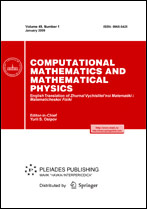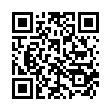|
This article is cited in 4 scientific papers (total in 4 papers)
Computer science
Automated method for cosmic ray data analysis and detection of sporadic effects
V. V. Geppenera, B. S. Mandrikovab
a St. Petersburg Electrotechnical University "LETI", 197022, St. Petersburg, Russia
b Institute of Cosmophysical Research and Radio Wave Propagation, Far Eastern Branch, Russian Academy of Sciences, 684034, Kamchatka Region, Russia
Abstract:
An automated method for detecting multiscale sporadic effects in data from ground-based neutron monitors is proposed. The method is based on the wavelet transform and neural networks of learning vector quantization type (LVQ neural networks). The choice of Daubechies wavelets and Coiflets at the data preprocessing stage is justified. An algorithm for choosing the “best” approximating wavelet basis in the class of orthogonal functions is proposed. The effectiveness of the method as applied to the detection of small-scale sporadic effects is shown experimentally. The possibility of a numerical implementation of the method for operational use is demonstrated.
Key words:
data analysis method, LVQ neural networks, wavelet transform, cosmic rays, sporadic effects.
Received: 26.11.2020
Revised: 26.11.2020
Accepted: 11.03.2021
Citation:
V. V. Geppener, B. S. Mandrikova, “Automated method for cosmic ray data analysis and detection of sporadic effects”, Zh. Vychisl. Mat. Mat. Fiz., 61:7 (2021), 1137–1148; Comput. Math. Math. Phys., 61:7 (2021), 1129–1139
Linking options:
https://www.mathnet.ru/eng/zvmmf11264 https://www.mathnet.ru/eng/zvmmf/v61/i7/p1137
|


|





 Contact us:
Contact us: Terms of Use
Terms of Use
 Registration to the website
Registration to the website Logotypes
Logotypes








 Citation in format
Citation in format 
